Cellular cholesterol abundance regulates potassium accumulation within endosomes and is an important determinant in bunyavirus entry
- PMID: 30804209
- PMCID: PMC6509484
- DOI: 10.1074/jbc.RA119.007618
Cellular cholesterol abundance regulates potassium accumulation within endosomes and is an important determinant in bunyavirus entry
Abstract
The Bunyavirales order of segmented negative-sense RNA viruses includes more than 500 isolates that infect insects, animals, and plants and are often associated with severe and fatal disease in humans. To multiply and cause disease, bunyaviruses must translocate their genomes from outside the cell into the cytosol, achieved by transit through the endocytic network. We have previously shown that the model bunyaviruses Bunyamwera virus (BUNV) and Hazara virus (HAZV) exploit the changing potassium concentration ([K+]) of maturing endosomes to release their genomes at the appropriate endosomal location. K+ was identified as a biochemical cue to activate the viral fusion machinery, promoting fusion between viral and cellular membranes, consequently permitting genome release. In this study, we further define the biochemical prerequisites for BUNV and HAZV entry and their K+ dependence. Using drug-mediated cholesterol extraction along with viral entry and K+ uptake assays, we report three major findings: BUNV and HAZV require cellular cholesterol during endosomal escape; cholesterol depletion from host cells impairs K+ accumulation in maturing endosomes, revealing new insights into endosomal K+ homeostasis; and "priming" BUNV and HAZV virions with K+ before infection alleviates their cholesterol requirement. Taken together, our findings suggest a model in which cholesterol abundance influences endosomal K+ levels and, consequently, the efficiency of bunyavirus infection. The ability to inhibit bunyaviruses with existing cholesterol-lowering drugs may offer new options for future antiviral interventions for pathogenic bunyaviruses.
Keywords: cholesterol; endosome; potassium channel; potassium transport; virology; virus entry.
© 2019 Charlton et al.
Conflict of interest statement
The authors declare that they have no conflicts of interest with the contents of this article.
Figures
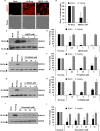
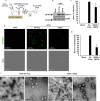
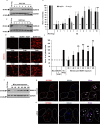
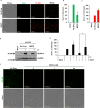
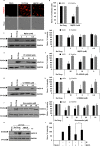

References
-
- Wolf Y., Krupovic M., Zhang Y Z, Maes P., Dolja V., Koonin E V, Kuhn J. (2018) Megataxonomy of negative-sense RNA viruses. Int. Comm. Taxon. Viruses [online] https://talk.ictvonline.org/taxonomy/ (accessed January 17, 2019)
Publication types
MeSH terms
Substances
Grants and funding
LinkOut - more resources
Full Text Sources
Medical

